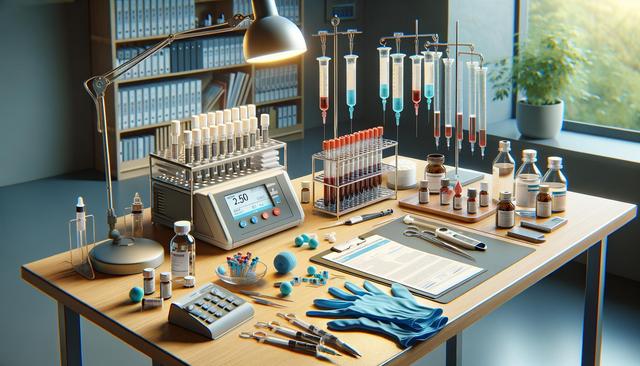Understanding the Role of a Sterile Processing Technician
Sterile processing technicians are essential members of the healthcare team, responsible for sterilizing, assembling, and distributing medical instruments. Their work ensures that surgical tools and hospital equipment are safe for patient use. If you’ve ever wondered how to become a sterile processing technician, it starts with understanding the significance of the role. These professionals work behind the scenes in hospitals, clinics, and surgical centers to prevent infections and support surgical teams.
The responsibilities of a sterile processing technician typically include:
- Cleaning and decontaminating surgical instruments
- Packaging and sterilizing medical tools using various methods
- Maintaining inventory and tracking sterilized equipment
- Adhering to strict safety and sanitation protocols
Because their tasks directly impact patient health, individuals in this field must be detail-oriented, organized, and trained in best practices. This is where enrolling in sterile processing technician programs becomes critically important.
Choosing the Right Sterile Processing Training Program
Selecting a sterile processing training program can shape your career path significantly. These programs are designed to equip students with the technical knowledge and hands-on experience needed to succeed in healthcare environments. When searching for a central sterile technician course near me, it’s important to consider factors such as accreditation, curriculum content, and clinical training opportunities.
Most training programs include topics such as:
- Microbiology and infection control
- Instrumentation and surgical terminology
- Sterilization techniques and equipment operation
- Regulatory standards and compliance
Some institutions also offer online sterile processing training, providing flexibility for students who are balancing other responsibilities. Online programs often include virtual simulations, reading materials, and assessments that mirror real-world tasks, though in-person clinical experience remains a key part of most certifications.
Benefits of Enrolling in Sterile Processing Technician Programs
Enrolling in sterile processing technician programs offers a structured pathway into a stable and highly valued healthcare career. These programs are typically completed within a few months to a year, making them accessible for individuals looking to enter the workforce quickly. Moreover, the demand for sterile processing technicians continues to grow, driven by increased surgical procedures and healthcare regulations.
Benefits of completing a training program include:
- Eligibility to sit for certification exams, such as the CRCST or CBSPD
- Improved job prospects and potential for career advancement
- Hands-on training that builds confidence and skill
- Networking opportunities with healthcare professionals
Whether you’re considering a traditional classroom setting or online sterile processing training, the right program can open doors to varied roles in hospitals, surgical centers, dental clinics, and more.
Steps to Becoming a Sterile Processing Technician
If you’re exploring how to become a sterile processing technician, the process is straightforward but requires commitment. The first step is completing a recognized sterile processing training course. From there, most individuals pursue certification, which may be a requirement for employment in many facilities.
The general path includes:
- Researching and enrolling in a suitable training program
- Completing coursework and required clinical hours
- Preparing for and passing a certification exam
- Applying for entry-level technician positions
Many programs assist with job placement or offer career services, which can make the transition into the healthcare workforce smoother. Additionally, gaining experience in the field can lead to roles with more responsibility, such as lead technician or department supervisor.
Finding a Central Sterile Technician Course Near You
Locating a central sterile technician course near me can be as simple as checking local community colleges, vocational schools, or healthcare training centers. These institutions often offer comprehensive programs that combine classroom instruction with clinical practice. If in-person options are limited or if flexibility is needed, online sterile processing training can be a valuable alternative.
When evaluating options, consider:
- Program accreditation and reputation
- Availability of hands-on clinical experience
- Support with certification preparation
- Affordability and financial aid options
Taking the time to select the right program ensures you receive quality education and are well-prepared for the responsibilities of a sterile processing technician. Whether you’re just starting out or looking for a career change, training in this field offers a practical and rewarding opportunity to contribute to patient care.




Leave a Reply